Medulloblastoma is a type of brain cancer that’s most commonly found in children. “Medulloblastoma starts in the cerebellum, which is...
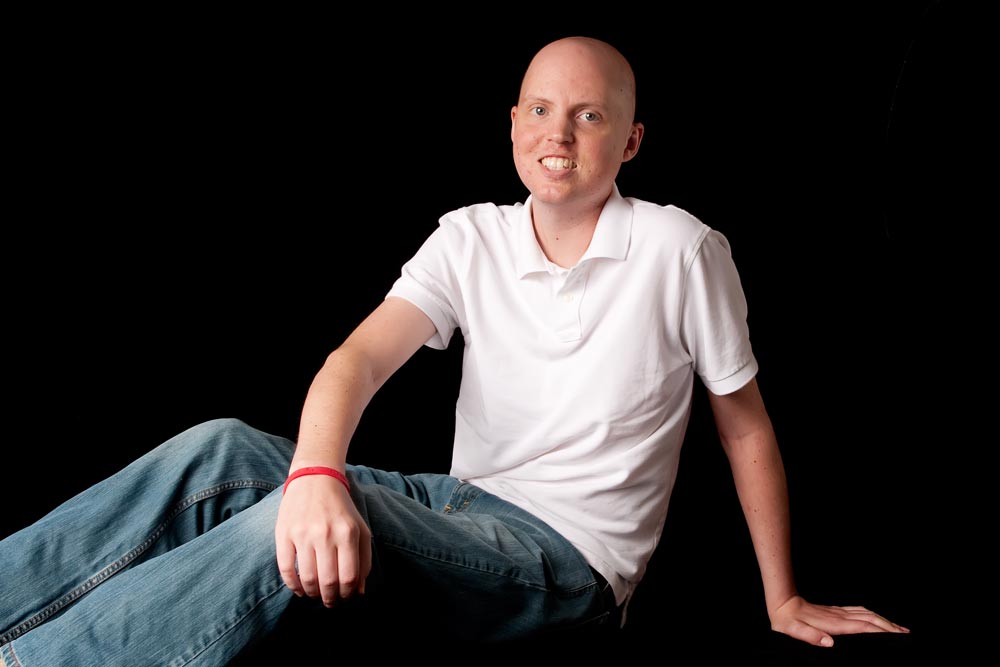

Medulloblastoma is a type of brain cancer that’s most commonly found in children. “Medulloblastoma starts in the cerebellum, which is...
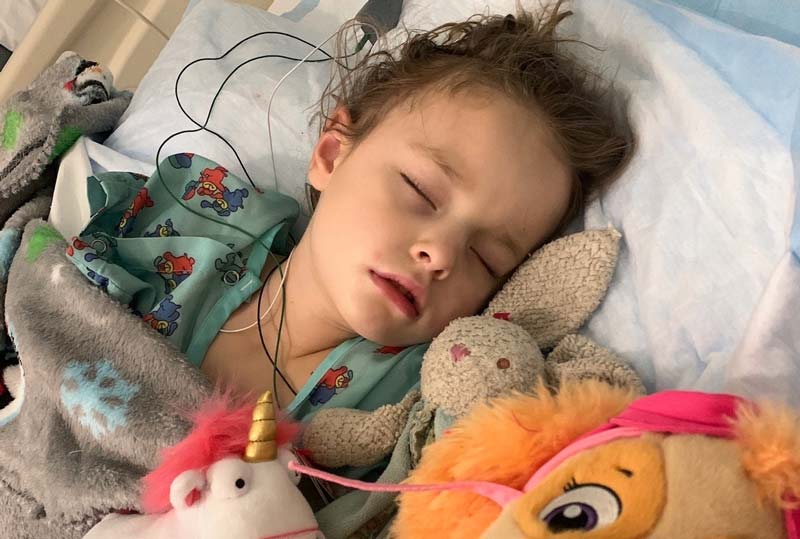
“Glioma” is a general term for a group of tumors that begin in glial cells—the supporting cells of the brain. Gliomas are classified based...

Acute lymphoblastic leukemia, also called acute lymphocytic leukemia, or ALL for short, is a type of blood cancer that causes bone marrow...
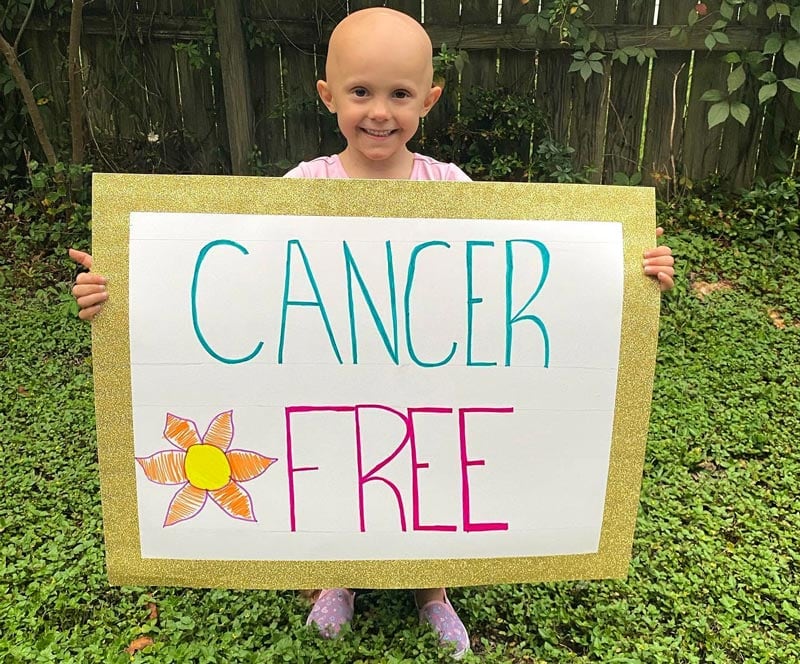
Wilms tumor is a type of kidney cancer that primarily develops in children around the ages of three and four. It’s the most common type of...

In simple terms, retinoblastoma is an eye cancer that develops in the immature cells of the retina. Though it is rare—with approximately...
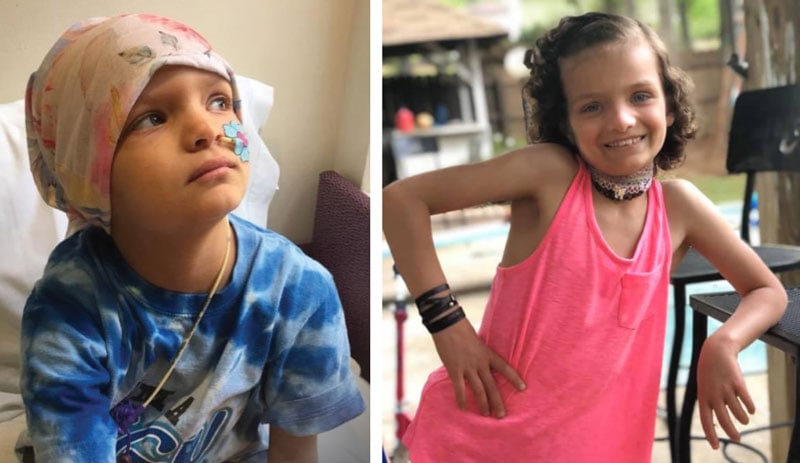
Acute myeloid leukemia (AML) is a blood cancer of the myeloid cells that normally form white blood cells, red blood cells or platelets....

Childhood cancer is a big problem. In the U.S. alone, 46 children are diagnosed with cancer every school day. But it doesn’t just affect...
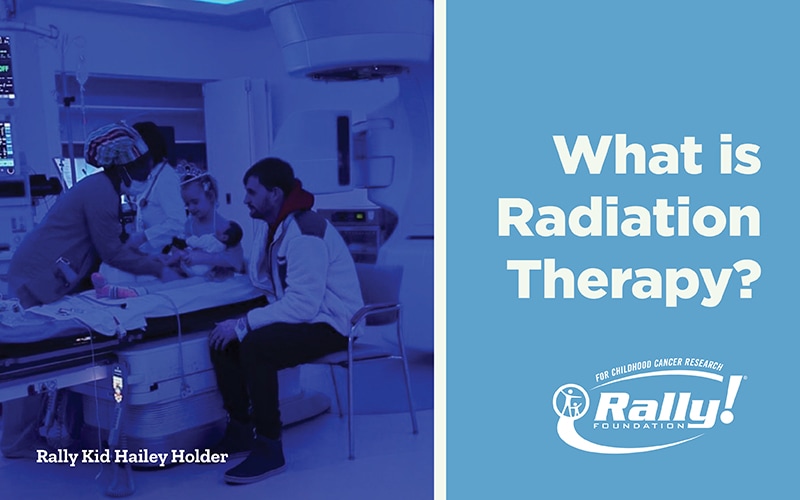
Radiation therapy is targeted energy used to destroy cancer cells, shrink tumors and/or alleviate certain cancer-related symptoms. Radiation therapy uses high-energy X-rays and other forms of radiation therapy to damage the DNA in cancer cells, killing them or depriving them of their ability to grow or divide. Radiation can be used in several ways: Primary treatment to destroy cancer cells In combination with other treatments to stop the growth of cancer cells Before another treatment to...

MRI stands for Magnetic Resonance Imaging. Having an MRI does not hurt, and it is safe – no radioactivity is present. It may take up to one hour, or, if your child needs an anesthetic, most of the day. An MRI scan provides diagnostic information not available when using plain X-rays, ultrasounds, or CT scans. Using a large magnet, radio waves and a computer, an MRI scanner creates very clear and detailed images of organs and tissues in the body. During the MRI, your child will need to lie very...

A CT (or CAT) scan is a diagnostic medical imaging procedure that creates three-dimensional images of internal organs, soft tissues, blood vessels and bones. CT stands for Computed Tomography. It provides a more detailed image than a traditional X-ray. Most CT scans take a few seconds, while some may take more than 10 minutes. The CT scanner looks like a giant donut with a sliding bed inside, and your child needs to lie very still during the procedure. It’s important to wear comfortable,...
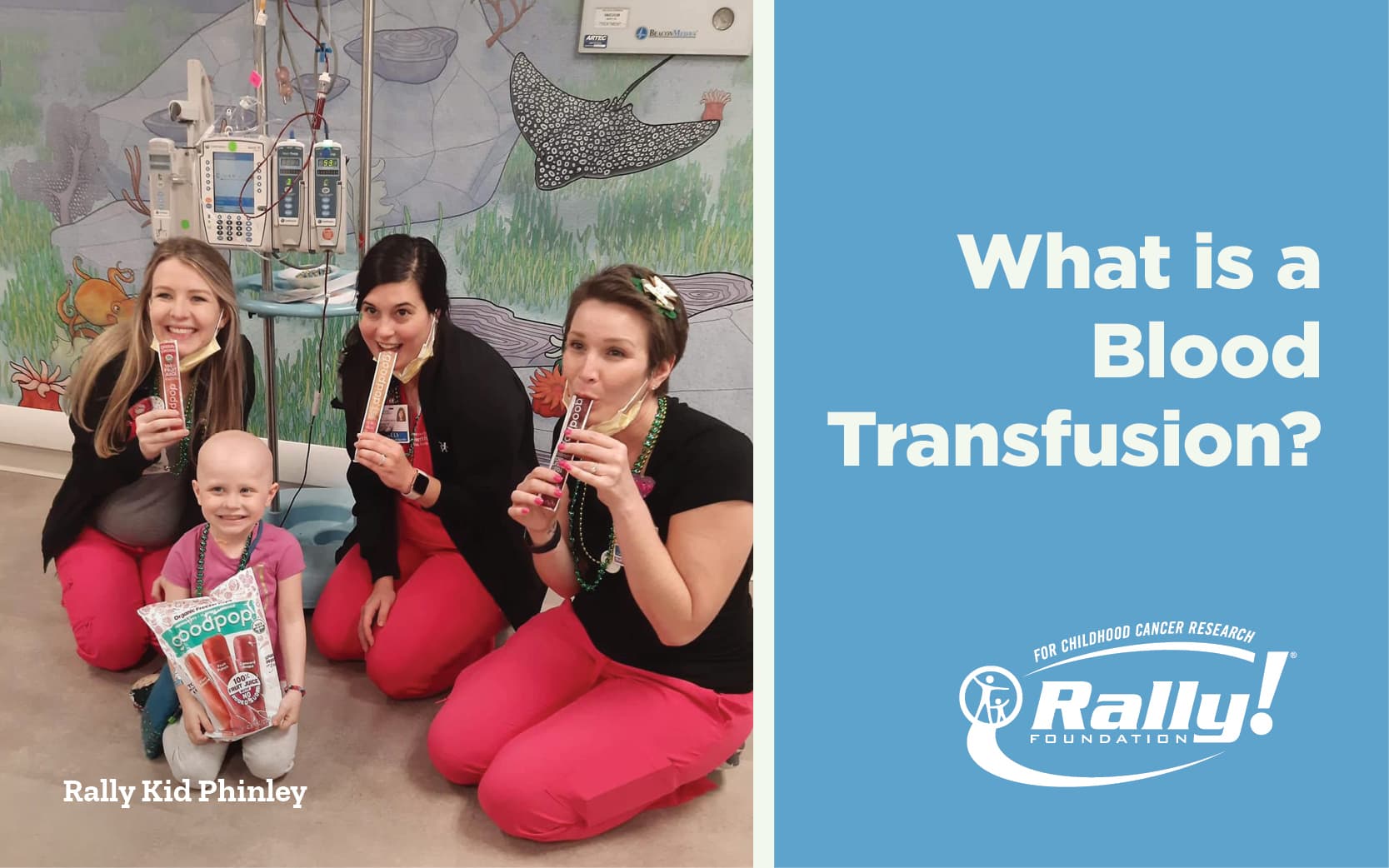
A blood transfusion is a routine medical procedure to transfer blood (or a specific component of blood) from one person to another. Blood has several components, including: Red cells that carry oxygen and help remove waste products; White cellsthat help your body fight infections; Plasmais the liquid part of blood; and Plateletshelp blood clot properly. Blood transfusions can save lives. They are a treatment for certain diseases, including blood cancers. Receiving a platelet transfusion is...
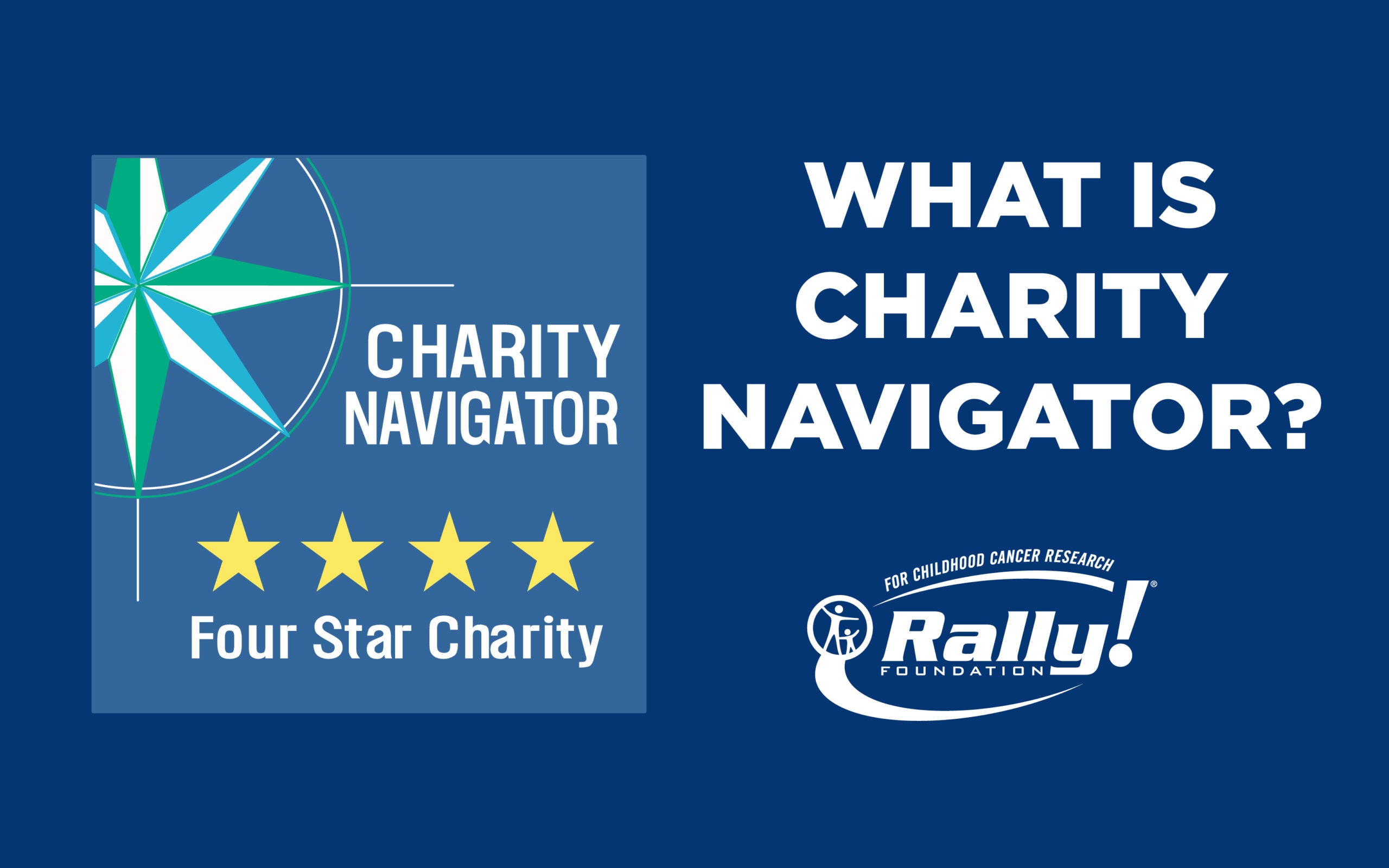
When you are in the market for a new refrigerator, you ask your neighbors and friends for recommendations, and maybe even consult Consumer Reports to see different ratings. When you want to donate to a charity, how do you decide if the charity will take care of your donation and use your donation to meet its mission? Charity Navigator has been called the Consumer Reports of the nonprofit world. It is the largest charity evaluator in America. Its website attracts more visitors than all other...
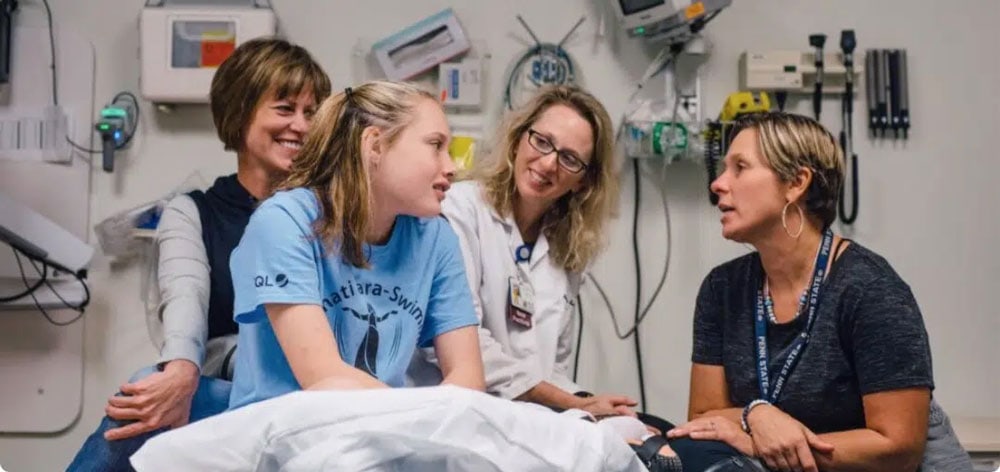
OSI Connect is a free, easy-to-use, invaluable resource for those diagnosed with osteosarcoma Osteosarcoma is a difficult and frightening diagnosis, but you are not alone. You can actually connect with leading sarcoma physician experts for a free consult. Yes, free. Yes, a consult not an email. An actual conversation. Founded by parents who have walked the road you are now on, OSI Connect is a resource they wish they would have had. Diagnosis and relapse are overwhelming. It is impossible to...